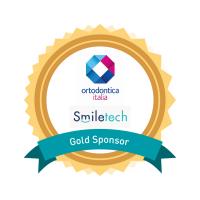Abstract
3D Imaging in Orthodontics: from Research to Clinical Implications
3D imaging in orthodontics is mostly associated with the well-accepted clinical use of intra-oral scanners and, to a minor extent, of Cone Beam Computed Tomography. Consequently, in the last couple of decades 3D imaging has certainly improved the assessment of cranio-facial morphology, together with the possibility of improved treatment planning and monitoring.
Conversely, other techniques have been employed to answer some questions belonging more to basic research. One of them is micro-CT scanning, which has been applied to obtain 3D information of the dentoalveolar support structures with levels of details never seen previously.
Finally, 3D facial scanning has the ability to provide longitudinal information, including growth and treatment effects, with the main advantage, in comparison to other 3D imaging modalities using ionizing radiation, to be safer and theoretically risk-free for the patients.
In this lecture, some of the above-mentioned techniques will be presented together with their applications, in order to answer research-related questions and investigate clinical implications.
Learning Objectives
After this lecture, you will be able to have a better understanding of how 3D images are generated and can be used in research
After this lecture, you will be able to have a glimpse of how research based on 3D imaging can translate into clinically relevant information
After this lecture, you will be able to gain insights about the (microscopic) architecture of the dento-alveolar structures
Learning Objectives
After this lecture, you will be able to have a better understanding of how 3D images are generated and can be used in research
After this lecture, you will be able to have a glimpse of how research based on 3D imaging can translate into clinically relevant information
After this lecture, you will be able to gain insights about the (microscopic) architecture of the dento-alveolar structures

















